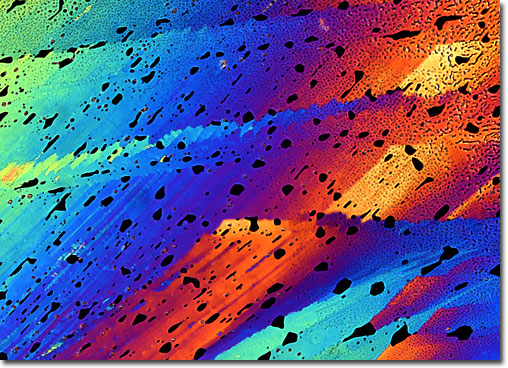|
Widely utilized in the perfume and soap industries, heliotropin is a derivative of safrole, an oily, aromatic biochemical that occurs naturally in Sassafras albidum, Cinamomum petrophilum, and various other botanical sources. Studies have shown that safroles display antiviral and antibacterial activity, but their use in edible items has been banned in the United States due to their carcinogenic and hepatoxic characteristics. Consequently, safrole derivatives are not generally considered nutritional phytochemicals, although heliotropin is sometimes utilized in products marketed as imitation vanilla extract. Instead, the chief appeal of the safrole derivatives is their aromatherapeutic properties. Indeed, purified heliotropin crystals are sometimes sold in stores alongside aromatic oils, though the distribution of the substance is becoming increasingly regulated due to its potential use in the illegal production of ecstasy and other designer drugs.
|
